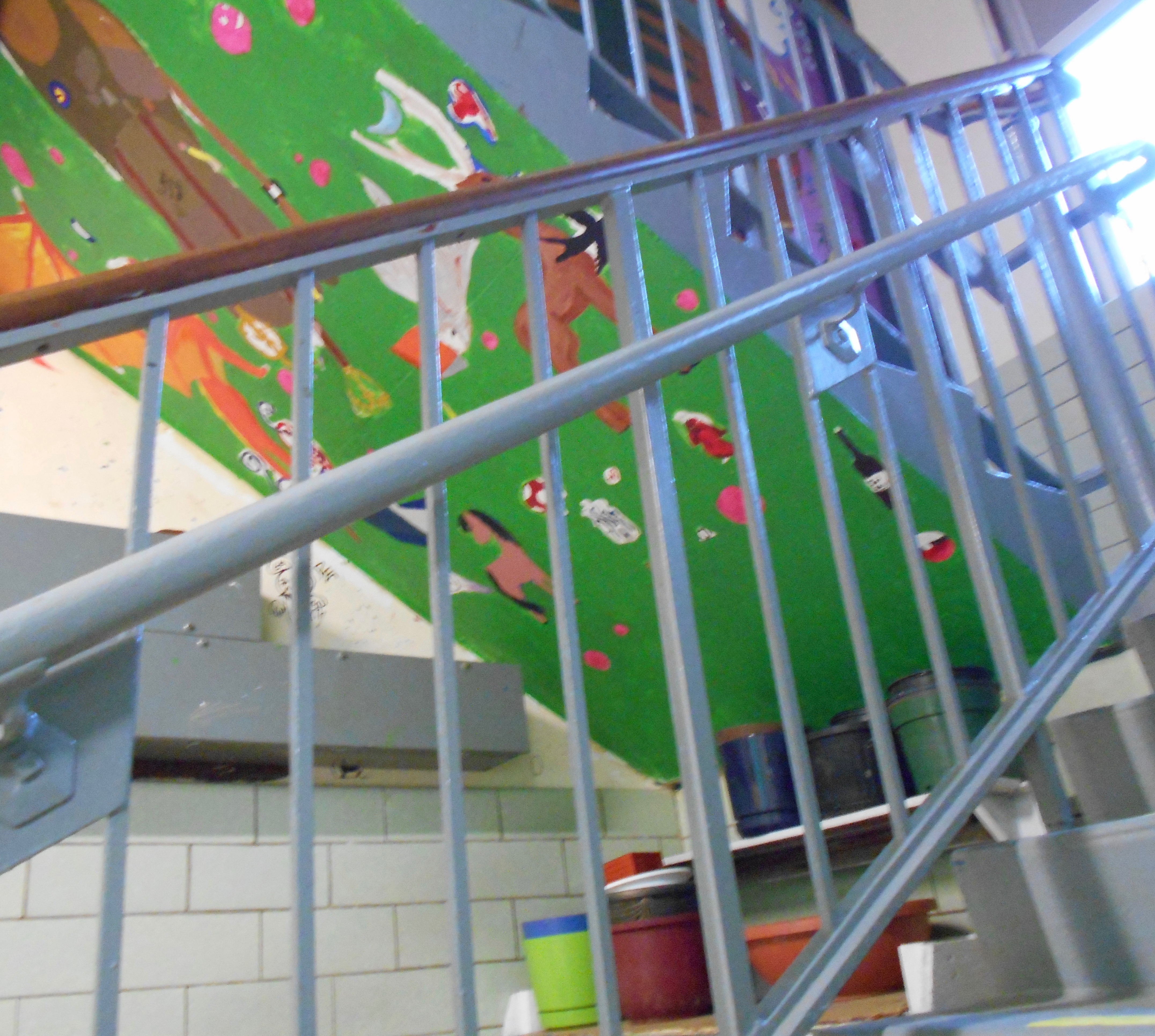Last week, according to the New York Times, Governor Andrew Cuomo attacked New York State education officials for an “attempt to water down his new teacher evaluation system that was one of his earliest legislative triumphs.” The context is that the New York Board of Regents, due to mistakes in the rollout of the Common Core, proposed a two-year moratorium on holding teachers accountable for student test scores. The governor opposed the moratorium. He said it was unnecessary; the existing policy already allowed teachers to ask that the test scores of their students not be counted in teacher accountability ratings if the students were unfairly affected by problems with the rollout. The real issue here is why have such an accountability system at all? This system is more of a threat to education than a triumph. Does the Governor sincerely believe that this system would improve education in New York? That it would force teachers and schools to “do a better job” and thus create more equity between how richer and poorer school districts educate their students?
Standardized testing has never helped create equity and never will. The increased testing brought about by the Bush administration’s No Child Left Behind legislation did not lead to equity in school funding or improve education and neither will the Common Core assessments. Fair Test, the National Center for Fair and Open Testing, published a report on NCLB in 2004 clearly stating that making the boosting of test scores a priority in schools does not improve education. In fact, it detracts from education. Sanctioning schools that do not improve test scores is “counterproductive.” Holding teachers responsible for such scores is likewise counterproductive. To teach in any classroom, let alone a very challenging one, teachers need to be able to be creative. They need to feel trusted by the administration and community so they can adapt their methods to the individual students. The scrutiny and pressure of “raise scores or lose your job” undermines trust and creativity.
Linda Darling-Hammond takes my argument further. She points out that when school reform is used as a lever for external control of schools, as Cuomo’s system does, these strategies are “unlikely to be successful and the assessments are unlikely to be equitable because they stem from a distrust of teachers and fail to involve teachers in the reform process.” Tests should be used to provide teachers with “practical information on student learning,” not rate students and teachers. Instead of a top-down system, she calls for measures in which teachers and their communities work together to self-reflect, critique, correct, and renew their programs.
According to Fair Test, young people of color unfairly suffer from standardized testing. They point out that “the use of high-stakes testing in an overall environment of racial inequality perpetuates that inequality through the emotional and psychological power of the tests over the test-takers.” The inequality of resources in many districts which primarily serve people of color hits those students very personally. It leaves the message that the political system doesn’t care enough about them. If they want an education, they must work even harder to get it.
The Common Core says that one of its goals is College preparedness. Fair Test argues that standardized “tests provide no social or educational benefit. They do not improve college or employment readiness.” Furthermore, as I argued in an earlier blog, high stakes tests increase the level of fear in education and undermine creative thinking. Diane Ravitch points out in The Reign of Error that no nation tests as much as the U. S. now does. Supposed reformers claim that we are falling behind other nations, one of which is China. Yet nations like China and India look to the U. S. as a model for teaching how to think independently and creatively. Vivek Wadhwa, an Indian American technology entrepreneur, wrote in Business Week that “the independence and social skills American children develop give them a huge advantage when they join the workforce.” American students “learn to experiment, challenge norms, take risks… This is why America remains the world leader in innovation.” Does Governor Cuomo want to undermine that independence of mind by testing students (and teachers) into submission?
In my history class several years ago, I had a student with severe anxiety. The class was portfolio based and required an assortment of assessments. For the first quarter of the year, she could sometimes write a paper, do research, collaborate with other students to some degree, but rarely passed a quiz and failed the one test I gave. By the end of the year, she had completed her portfolio and passed the difficult final exam with a score of 75%–the passing score was 70%. Yet, when it came to the New York State Regents (a standardized test in Global Studies), which most students thought was easier than the final, she froze and did not pass. She faced more personal obstacles than I would wish on anyone, made more progress with her skills and learned more material than most of the students. Yet, according to the state, she did not do enough. She had to re-take the test and finally passed. Some people might say that the experience made her stronger or that students need to learn how to face adversity. She had enough adversity to face just coming to class and doing her work. Unreasonable adversity is institutionalized suffering. Such tests tell students that compared to their test grade, all else is secondary. That’s just wrong.
According to the Albany area NPR station WAMC, the governor’s new budget increase of $608 million falls short of the $1.9 billion called for by many legislators and education advocates to simply “maintain current programs and restore others that were cut over the last five years.” If the Governor was truly in support of public education he would be searching for ways to raise the revenue to fulfill these needs. Instead, he called for reducing many taxes, for example corporate taxes, and raising the cap on estate taxes.
So, I ask Governor Cuomo: Are you sincere in claiming you support public school education? Your support for standardized testing, and the evaluation of teachers partly based on those tests, argues otherwise. Failing to commit to raising the money to maintain current programs, restore ones recently cut, and reduce inequity in school funding argues otherwise.
And unfortunately, I think that too many politicians need to be asked the same questions.




